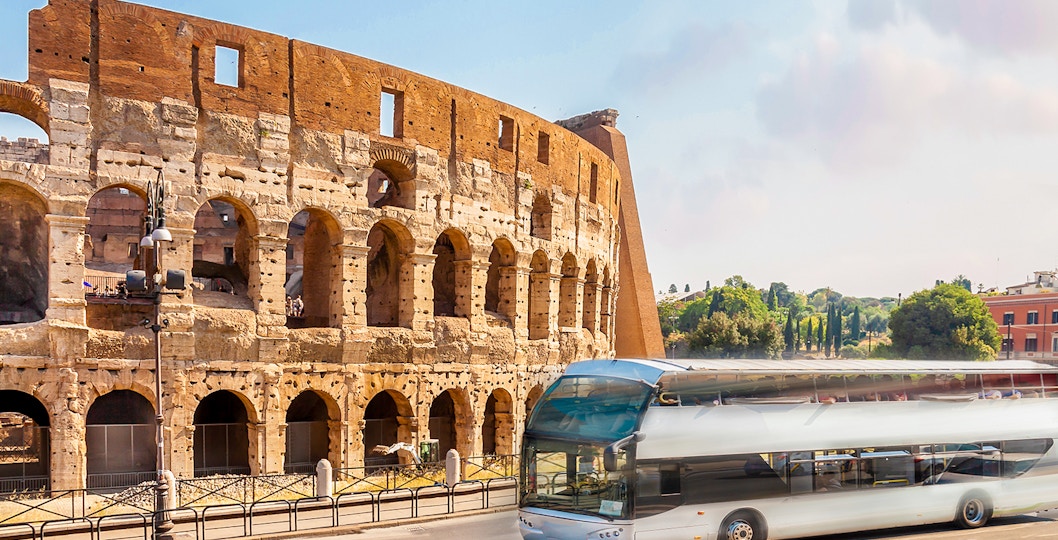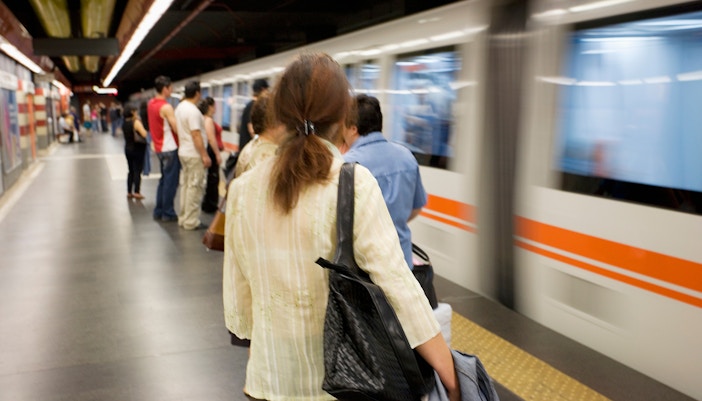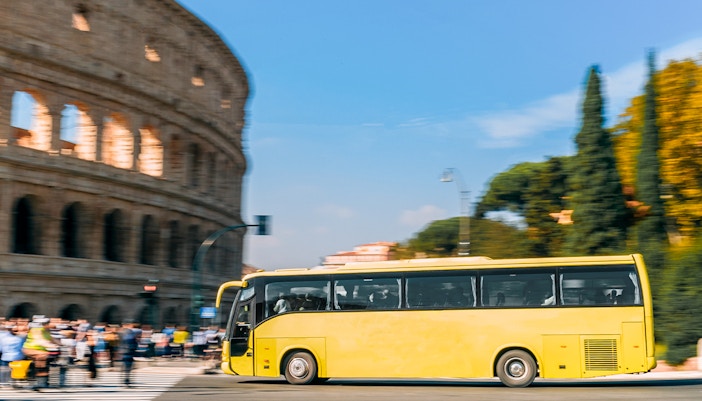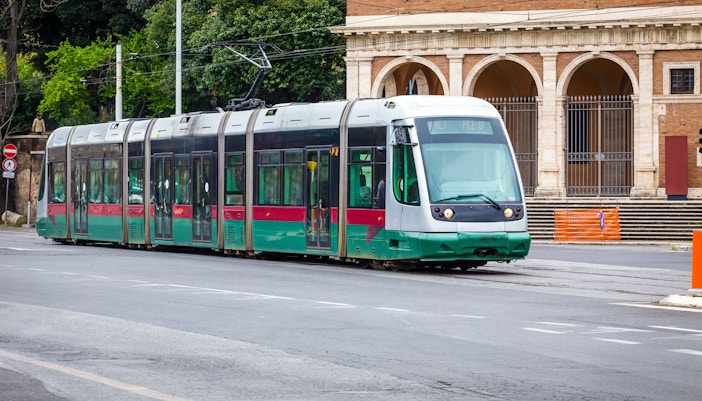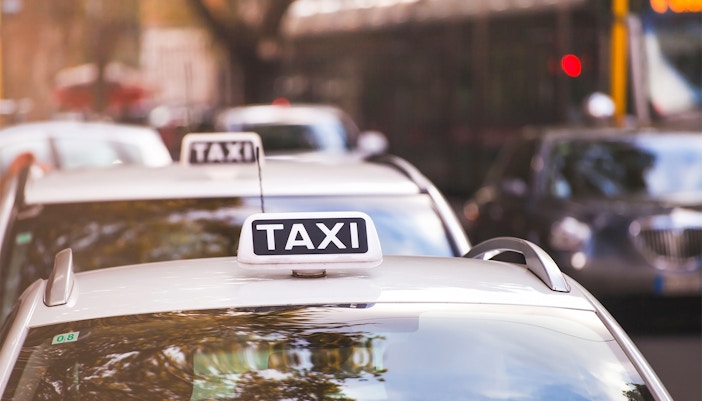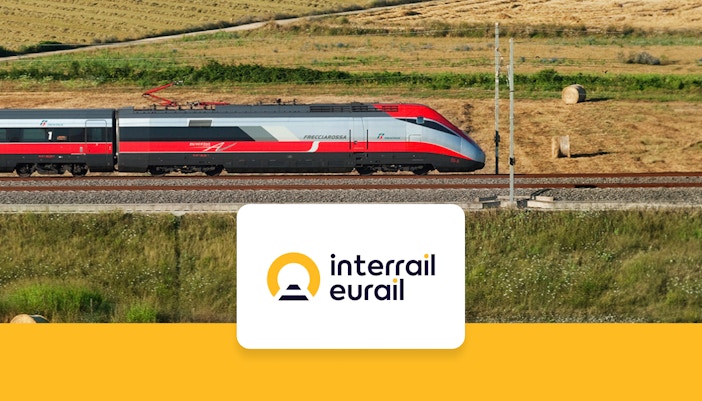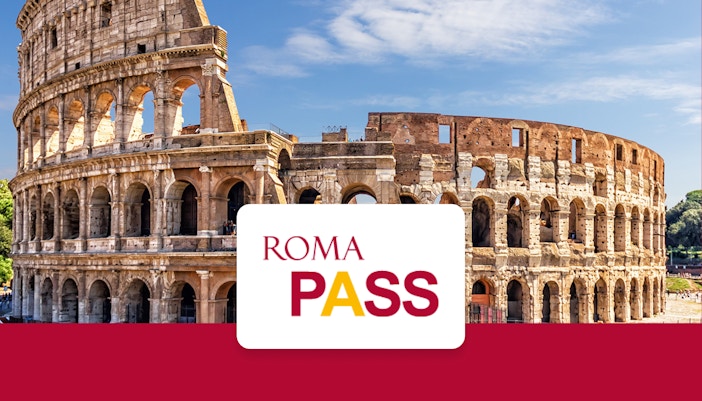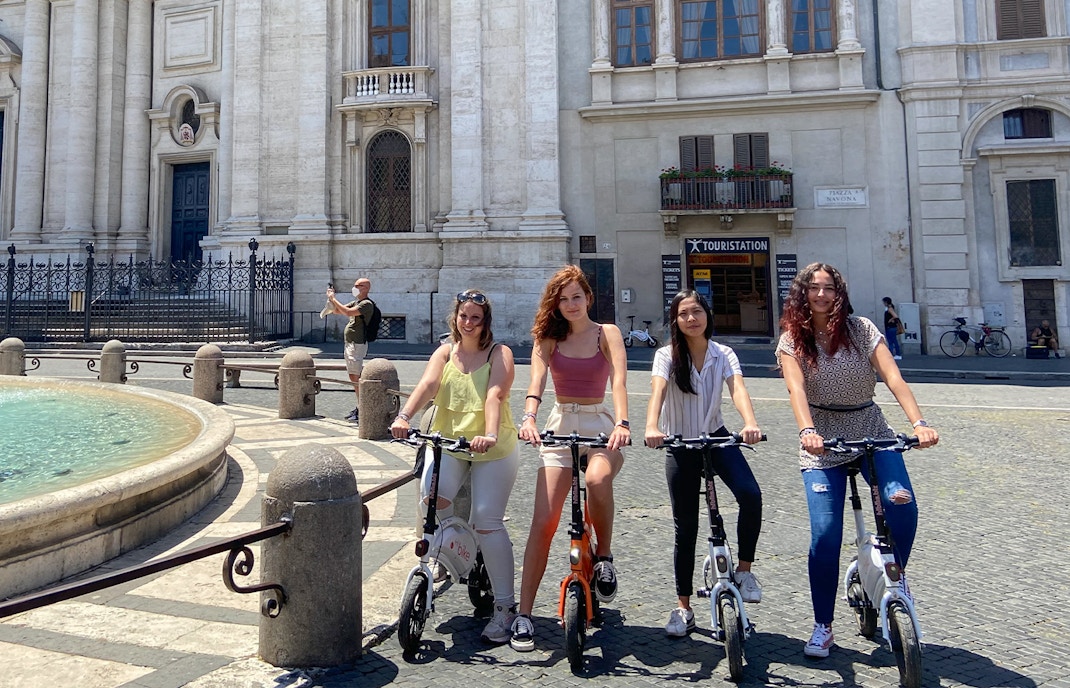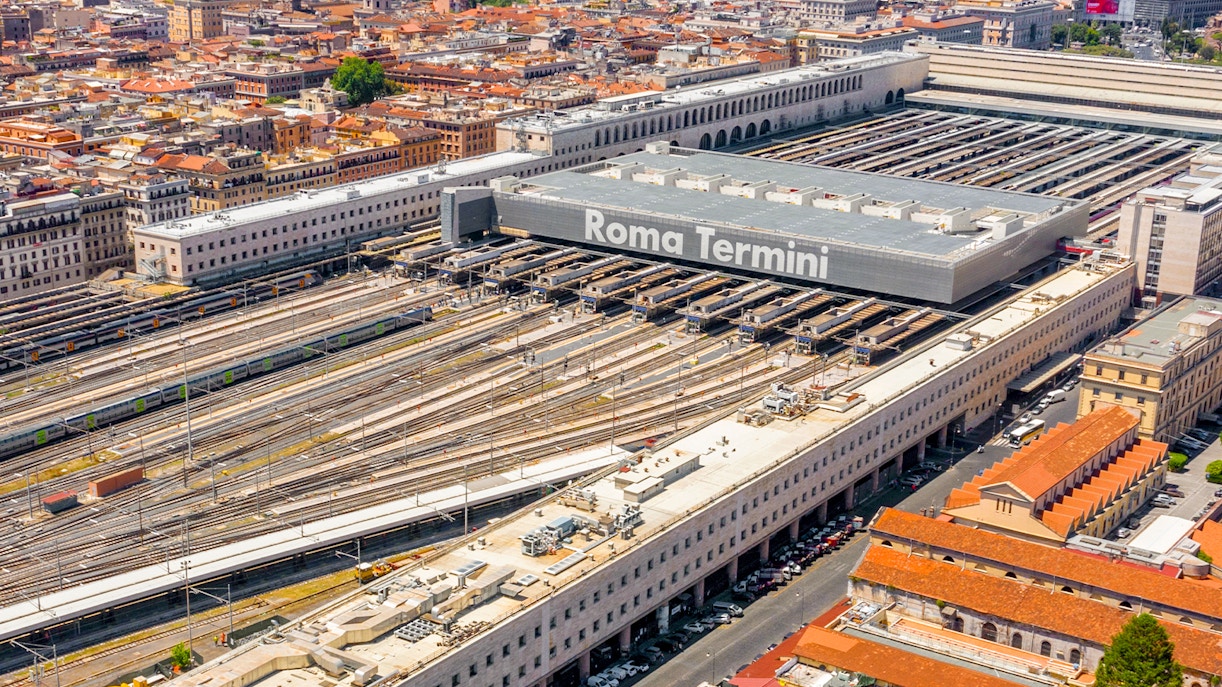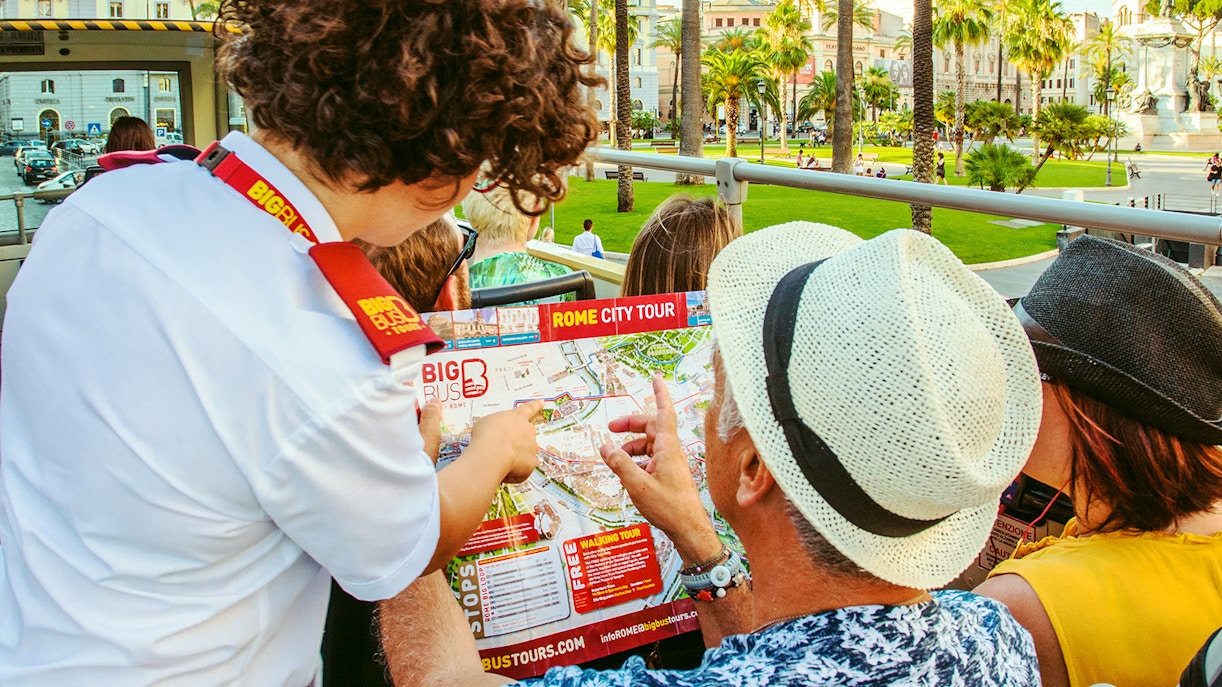Rome offers various transportation options. Budget travelers can use ATAC's integrated public transport system, including buses, metro, trams, and urban trains, with tickets available from vending machines, counters, tobacconists, or the Ticketappy app. Rome hop-on hop-off tours are a great alternative to public transport. They provide a stress-free way to see major attractions. Travel passes like Roma Pass, Eurail or Trenitalia passes save you time and money. Many landmarks are close to each other, making Rome easily walkable.

